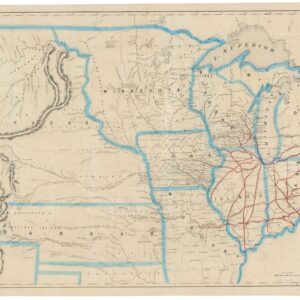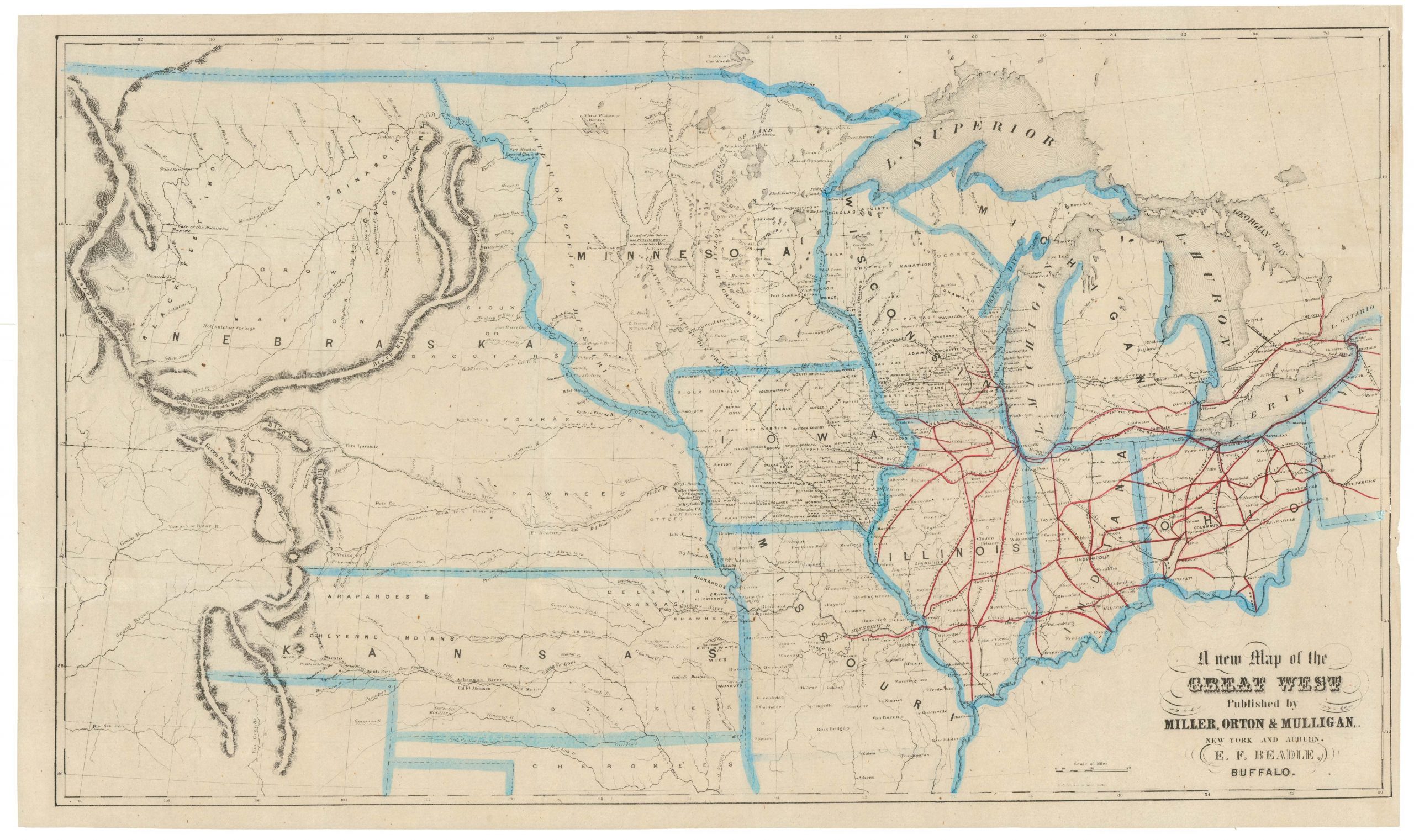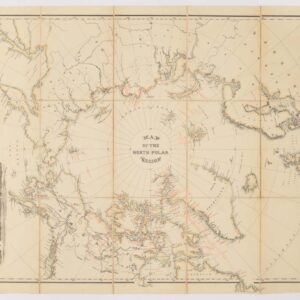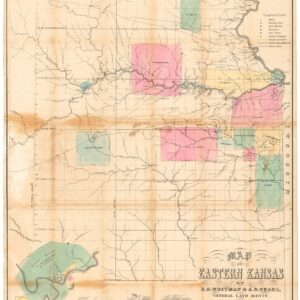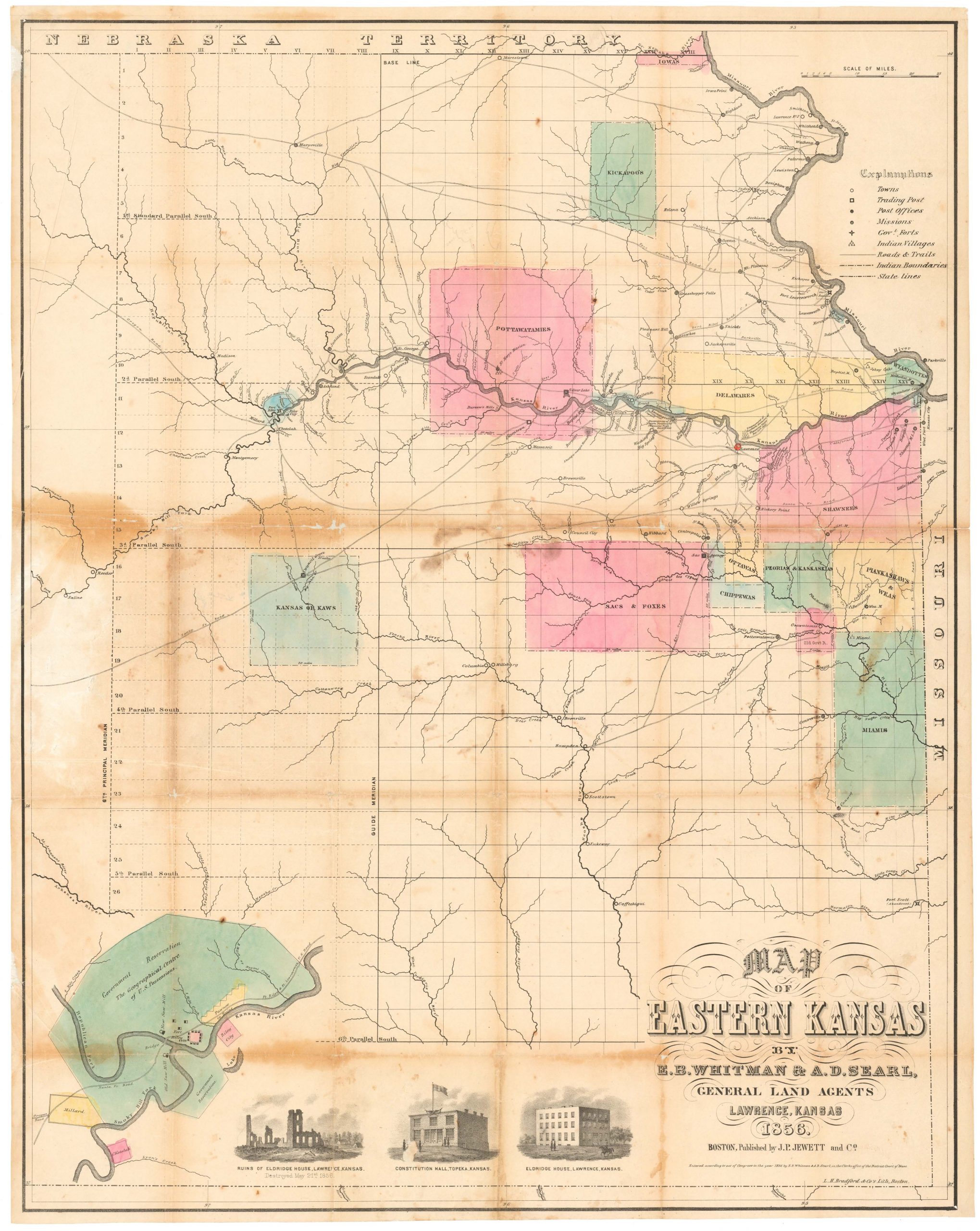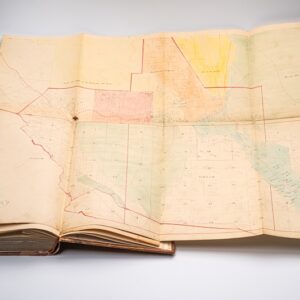Streeter’s own copy of what he considered to be the most sought-after book for the Texas Revolution as a whole.
Three Years in Texas. Including a View of the Texan Revolution, and an Account of the Principal Battles, Together With Descriptions of the Soil, Commercial and Agricultural Advantages.
$32,000
1 in stock
Description
“For the revolution as a whole, the most sought-after book is Field’s.” – Streeter
“The first printing in book or pamphlet form of an account by a participant of the taking of San Antonio by the Texans in December 1835.” – Streeter
“One of the best sources for the tragic defeat of Fannin.” – Streeter
Dr. Joseph E. Field’s account, Three Years in Texas, is indubitably the most important published work on the Texas Revolution dating from the era. Written by a physician and military surgeon who actively participated in the battles he described, this booklet constitutes a first-hand account of some of the most formative events in American history.
Field, who served under the tragic command of James Walker Fannin, devotes almost 20 pages to describing both the political and military situation leading up to the military confrontations and offers a personal narrative of his experiences in the war. These include descriptions of principal battles such as the Alamo. He also offers observations on the condition and quality of local soils and the commercial and agricultural opportunities that could be found in Texas. In this sense, the book is as much a personal account as it is a means of propagandistic attraction.
When published in Massachusetts in 1835-36, Dr. Field’s book was the most comprehensive and readable account available. Field offered a number of important observations on the nascent republic and described key events as only an eye-witness could. In this way, his words proved critical in shaping the American perspective on the conflict. The book quickly became the go-to source for understanding the conflict. Field’s account drove imaginations and attracted new settlers ready to support the cause of Texan independence.
The astute observer and the tragic hero
Originally from Massachusetts, Dr. Joseph E. Field was a trained physician and military surgeon who emigrated to Mexican Texas in December of 1833, where he found work around Brazoria and Matagorda. In many ways, Field came to Texas quite late. The immigration of ranchers and farmers from the United States had caused growing tensions, with Mexicans, Americans, and indigenous tribes all vying for arable land and water resources. This soon led to an organized break with Mexico, in which Texans declared themselves wholly independent of Mexico. When hostilities broke out and the Mexican army moved on Texas, a growing number of Non-Mexican ranchers, farmers, and other settlers in Texas organized a military resistance to what they perceived as an invasion. Field was quick to join the dissenting ranks. He took part in the opening skirmish of the revolution at Gonzales and was also part of the force that besieged and took San Antonio in December 1835.
Undoubtedly the most famous part of Field’s service history and account was his time served under the tragic figure of Colonel James W. Fannin, whom Field followed into battle on several occasions. Fannin had come from Georgia in 1834 and quickly found himself at the center of action. He rode with Jim Bowie and fought hard at the Battle of Concepcion and the siege of San Antonio. Historians claim that after receiving his own command from Houston, Fannin wanted to take the fighting into Mexico proper by attacking the Rio Grande town of Matamoros. But upon learning of Santa Anna’s planned invasion of Texas, he bunkered down his troops – the largest contingent of Texan rebels in the Mexican Army’s path – at the presidio of Goliad and waited for the storm.
Any American schoolchild will have heard the tales of heroism and loss associated with the Battle of the Alamo. It was a decisive Mexican victory in which all Texan volunteers fought to the death, and not a single rebel survived. The Alamo was among the events covered by Field in his book, and the narrative included the demise of famous American icons like Jim Bowie and Davy Crockett.
Once the Alamo had fallen, Santa Ana continued to drive his army north toward Houston. At this stage, Fannin and his troops were the only real resistance on the way, but even so, he was ordered to withdraw and regroup closer to home. Fannin waited five days to follow the order, and when he did, it was too late. Santa Ana’s troops caught up with Fannin and his men at Colleto and, after a short skirmish, captured almost the entire regiment. Even though the Mexican General responsible for this feat pleaded with Santa Ana to show the rebels mercy, he refused, executing Fannin and more than 300 hundred of his men on Palm Sunday of 1836. Field only survived this slaughter because the Mexican general ordered him to attend to their wounded. Once he understood the fate of his comrades, Field escaped to Velasco, making him one of only a handful of Fannin’s men to survive the ordeal. This remarkable backstory, of course, only made his account more powerful.
Part of what makes Field’s commentary such a decisive historical document is the fact that very few other first-hand accounts of the Texas Revolution exist. The Mexicans published a few broadsides (including one on Fannin’s defeat) and a four-page folder titled Noticias Interesantes, but other than this, reports prior to Field’s account were sporadic and superficial newspaper entries. Field’s account challenges the standard historical narrative by claiming that Fannin was reluctant to take the fight into Mexico proper, as seems to be the historic consensus.
Streeter famously declared Field’s account as “the most sought-after book for the revolution as a whole” and one of the most important books to have in any collection focussing on Texas. While it provides important details on the Alamo, including the death of Davy Crockett, there are other aspects of the Texas Revolution for which this work is even more significant. It remains the quintessential source on the taking of San Antonio in 1835 and on the routing, and subsequent mass execution, of Fannin’s forces at Goliad in 1836. Sporadic accounts had surfaced in various newspapers following the various confrontations – especially the Alamo – but none of these had been written by actual participants. Most narratives provided only a romanticized overview with no systematic chronology of how events unfolded. Field’s report was different in that it recounted events in the manner and order in which they had been experienced.
Census & publication history
Following his escape from Santa Ana, Field traveled to his home state of Massachusetts, where he wrote the first draft of his account. This draft was initially published as a sketch in the weekly Greenfield newspaper, the Franklin Mercury. Justin Jones, the paper’s publisher and owner, soon realized the value of Field’s unique perspective. Within a month he had recast his account into a booklet that also included some observations on “…the Commercial and Agricultural Advantages of Texas.” Field’s booklet has since become the most desirable printed material on the Texas Revolution available.
This example is the second issue of the First edition, in which the Boston imprint of Abel Tompkins has replaced Justin Jones’ original imprint. Both are exceedingly rare on the market, with the first issue of the first edition being virtually impossible to acquire.
This example comes from the private collection of Howard Wilcox and was offered in Sotheby’s Fine Books & Manuscripts Sale in December 2022 (lot 101). Wilcox (or a book dealer who sold it to Wilcox) had, in turn, acquired the book at another Sotheby’s sale, The Texas Independence Collection (New York, 18 June 2004, lot 33). Other than these, we have identified three additional sales of Field’s work: 2001 Dorothy Sloan (unidentified edition); 6/21/2005 Christie’s The Jay T. Snider Collection of Historical Americana (First edition, second issue published by Abel Tomkins in 1836); Heritage 2007 December Signature Texana Auction #661, Lot #56424 (Second edition).
Cartographer(s):
Joseph E. Fields (d. 1882) was a trained physician and military surgeon from Massachusetts who emigrated to Mexican Texas in December of 1833. Here, he participated actively in the Texas Revolution, serving in several historic battles. After escaping Mexican imprisonment, he wrote and published what is still considered the most important eyewitness account of the Texas Revolution.
Condition Description
Dampstained throughout, scattered foxing and spotting. Printed blue wrappers; soiled, lacking lower wrapper. Red morocco-backed slipcase, cloth chemise.
References
Clark, Old South 3:15; Fifty Texas Rarities 14; Graff 1314; Howes F114; Jones 980; Raines p. 81; Sabin 24283; Streeter 1202A
